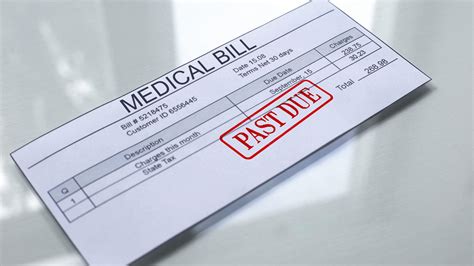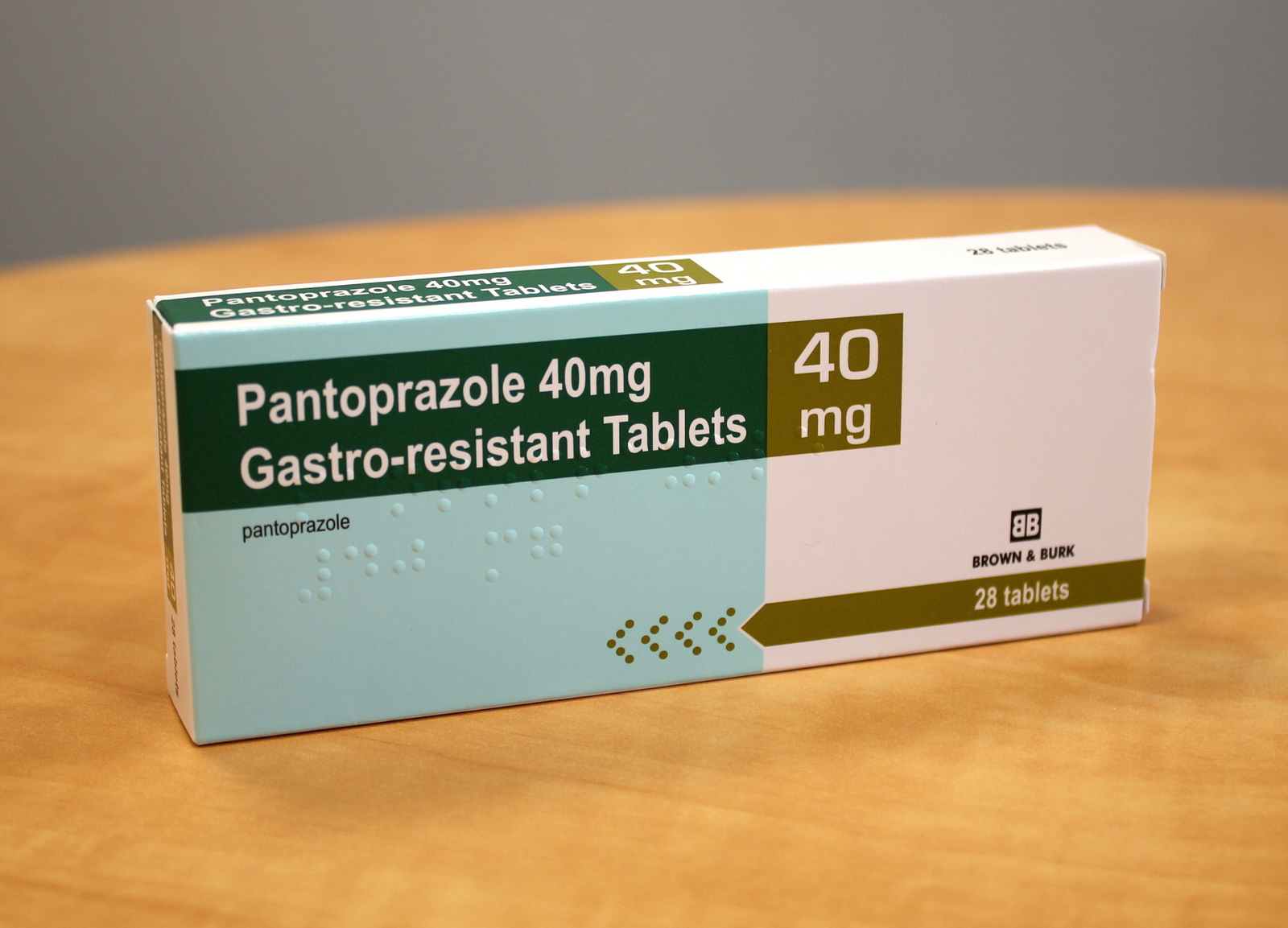The process of medical bill collections can be a daunting and complex task for healthcare providers, patients, and insurance companies alike. With the rising costs of healthcare and the increasing burden of medical debt on individuals and families, it is essential to understand the intricacies of medical bill collections and how to navigate this often-challenging landscape.
The Current State of Medical Debt
Medical debt is a significant problem in the United States, with millions of Americans struggling to pay their medical bills. According to a report by the Kaiser Family Foundation, in 2020, approximately 27% of adults in the United States reported having trouble paying medical bills, and 17% reported having medical debt that had been sent to collections. This can have severe consequences, including damage to credit scores, financial instability, and even bankruptcy.
Understanding the Medical Billing Process
To comprehend the medical bill collections process, it is crucial to understand the medical billing cycle. The medical billing cycle typically begins when a patient receives medical treatment from a healthcare provider. The provider then generates a claim, which is sent to the patient’s insurance company for payment. The insurance company reviews the claim and determines the amount of coverage, if any, and sends an explanation of benefits (EOB) to the patient.
If the insurance company does not cover the full amount of the claim, the patient is responsible for paying the remaining balance. This is where the medical bill collections process comes into play. Healthcare providers typically send patients multiple statements and reminders to pay their outstanding balances. If the patient fails to pay, the provider may send the account to a collections agency.
The Role of Collections Agencies
Collections agencies play a significant role in the medical bill collections process. These agencies specialize in recovering outstanding debts on behalf of healthcare providers. They use various tactics, including phone calls, letters, and emails, to contact patients and negotiate payment plans.
However, collections agencies have faced criticism for their aggressive tactics, which can be harassing and stressful for patients. The Fair Debt Collection Practices Act (FDCPA) regulates the behavior of collections agencies and provides protections for consumers. For example, collections agencies are prohibited from making false or misleading statements, using threatening or abusive language, and contacting patients at unreasonable hours.
Best Practices for Medical Bill Collections
Healthcare providers and collections agencies can follow best practices to ensure that the medical bill collections process is fair, respectful, and effective. These include:
- Clear Communication: Providers should clearly communicate with patients about their bills, including the amount due, the payment terms, and any financial assistance options available.
- Financial Assistance: Providers should offer financial assistance programs, such as charity care or sliding-scale fees, to help patients who are struggling to pay their bills.
- Payment Plans: Providers should offer payment plans that are reasonable and manageable for patients, taking into account their financial situation and ability to pay.
- Transparency: Providers should be transparent about their billing practices and provide patients with detailed information about their bills, including the services provided and the costs associated with those services.
- Respectful Collections: Collections agencies should treat patients with respect and dignity, avoiding aggressive or harassing tactics.
The Future of Medical Bill Collections
The medical bill collections process is evolving, with new technologies and strategies emerging to improve the efficiency and effectiveness of the process. Some of these include:
- Electronic Billing: Electronic billing systems can help streamline the billing process, reducing errors and increasing efficiency.
- Online Payment Portals: Online payment portals can make it easier for patients to pay their bills, reducing the need for paper statements and mail.
- Artificial Intelligence: Artificial intelligence (AI) can be used to analyze patient data and predict which patients are most likely to struggle with paying their bills, allowing providers to offer targeted financial assistance.
- Patient Engagement: Patient engagement platforms can help patients take a more active role in managing their medical bills, providing them with real-time access to their billing information and allowing them to communicate with providers and collections agencies.
What is the average cost of medical debt in the United States?
+According to a report by the Kaiser Family Foundation, the average cost of medical debt in the United States is approximately $1,300 per person.
How long can a collections agency pursue a medical debt?
+The statute of limitations for medical debt varies by state, but typically ranges from 3 to 10 years. After the statute of limitations has expired, a collections agency can no longer pursue the debt.
Can a medical bill be sent to collections if I am making payments?
+Yes, a medical bill can be sent to collections even if you are making payments. However, if you are making good faith efforts to pay your bill, you may be able to negotiate with the collections agency to stop the collections process.
In conclusion, the medical bill collections process is a complex and often-challenging task that requires careful navigation by healthcare providers, patients, and insurance companies. By understanding the medical billing cycle, the role of collections agencies, and best practices for medical bill collections, we can work towards creating a more efficient and effective system that prioritizes patient care and financial stability.



